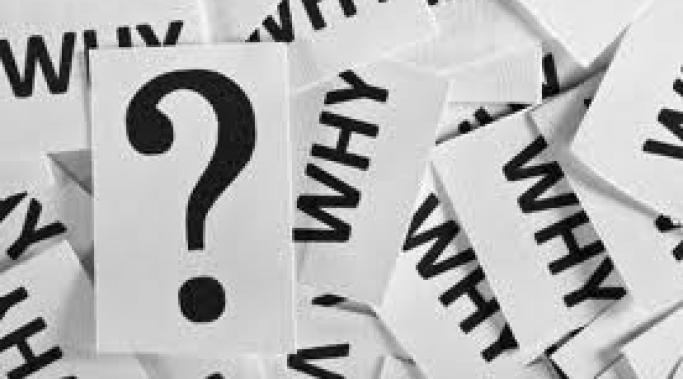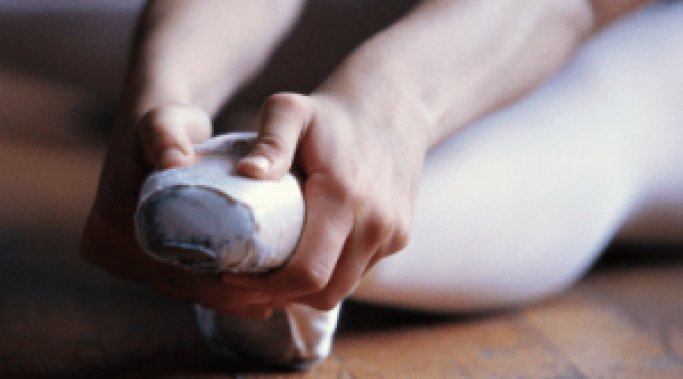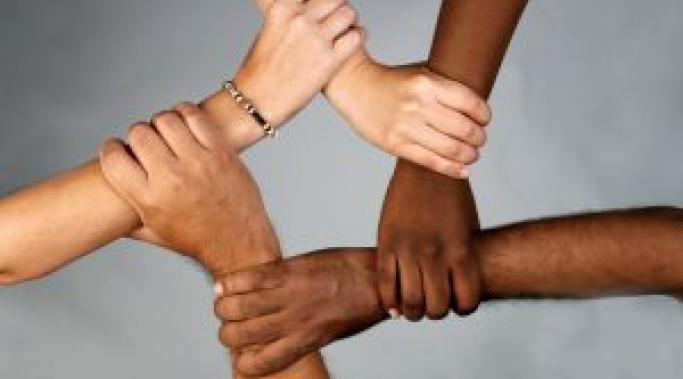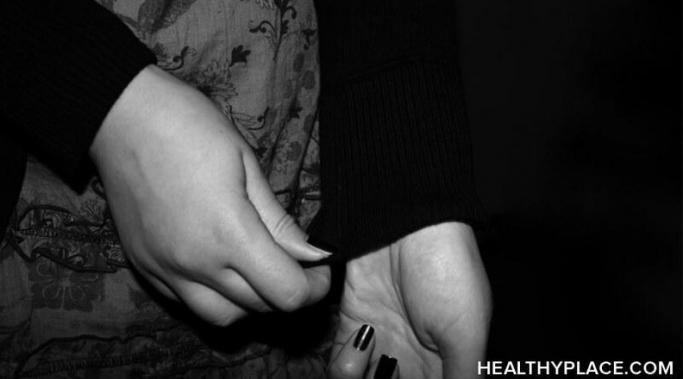This weekend, I fell on my face. I literally fell onto the sidewalk and currently have the ugliest scab and bruise covering the right side of my face. After I fell onto the cement, pain filled my body. Obviously this is normal when it comes to any accidental scrape or cut or bruise. However, for some reason, memories from my self-harming past popped into my mind. I started thinking to myself, "Why would I have caused so much physical pain to myself just for distraction and escape? Pain hurts."
Speaking Out About Self Injury
It’s the time of the year when everywhere you go you run into a “Back-To-School Sale” sign or catch yourself singing a catchy, yet annoying, commercial jingle. This time of the summer can be tough because even though I’m not going back to school in any way, shape or form, I find myself being drawn towards new clothes and bedroom décor.
However, it’s also tough being surrounded by the not-so-terrific memories of high school – memories linked to self-harm.
Have you ever asked yourself, "Why do I self-harm?" or "Why do I let things trigger my self-injury behaviors?"
The word “why” varies from being a good and a bad word. As a kid, you constantly ask why because you want to know about the world you live in: “Why is the sky blue” or “Why is your hair curly?” As a child, that word is part of life and learning and discovery. The word is natural. Sometimes, if we never asked why, we’d never know.
However, sometimes asking why can become a stressor when struggling with death, disease or self-injury and mental illness.
I’ve never been a huge fan of running or lifting or going to a gym. For me, it takes a lot, and I mean a lot, of motivation to get my butt out of bed to work out for an hour. My family, on the other hand, almost obsesses with working out. Half of my relatives are P.E. teachers or Physical Therapists and have raced in half or full marathons. Many are now into CrossFit, which scares the living crap out of me.
During high school, when I was struggling with self-harm, I was a serious dancer. I went to a strict ballet school, which kept me busy almost every night of the week. It was good, staying fit and pushing my focus onto something else. However, when dancing I could not wear bracelets and no matter how much make-up I put on my scars, the sweat would eat it away.
Then, questions would be asked and lies would be spit out.
When digging through some papers from my past, I found a children’s poem I’d written for a class that had to contain a positive message. Reading over this, I thought it would be worth it to share, even though it doesn’t come out and speak about self-injury. However, when it comes to discussing self-harm, positive thinking is a crucial element.
Positive self-talk has been mentioned throughout my blogs because it is a very important coping skill for, not only those struggling with self-injury, but for anybody battling a demon. When I am tired and un-motivated to wake up in the morning, I will tell myself things to get my energy and confidence moving. It is not as easy as it seems and is definitely easier said than done, but positive self-talk definitely leads towards overall positive thinking.
I’ll admit it - I stare at people. Okay, that sounds a little bit creepy, but we all fall guilty of staring at those around us. I’ve mentioned this in my other blogs, but lately, I’ve realized how many people stare at others either because they look different or behave strangely.
The thing is, people still have a difficult time realizing that differences are not always a bad thing – they make us who we are.
And we need to be happy with the person we have become.
Every human struggles with emotions – plain and simple. These emotions can range from love and lust to fear and sadness. Sometimes, with the snap of a finger, emotions can dramatically change. It’s sad that when people start acting depressed or anxious or paranoid they automatically start throwing labels, saying so-and-so is “acting bipolar” or “must have schizophrenia”.
To everyone who throws around labels like this – think before you say because, believe me, it hurts.
Everyone people watches – it is in our nature. Whether you’re at the mall or at a restaurant, you look at people and wonder who they are and why they do what they do. As a kid, I always played a game where I’d look at a person and guess what they’d do ‘when they grew up’. Now, I think we all still play that game, but that game has turned more into judging than a game of Make-Believe.
More than usual, I’ve been people watching and wondering things about the people who walk by. I look at the tall man in the suit, chatting away on the phone and wonder if he really enjoys his job. I look at the woman with seven kids trailing behind her and wonder what she does when she has a moment to herself.
I look at the teenager walking with his head down, bracelets lining his wrists, and wonder if he self-harms.
It’s obvious that self-harm and self-esteem are linked in some way or another. Typically, if someone is feeling down in the dumps, they are going to try to find a way to get rid of that feeling. When self-harmers feel this way, they turn to one of the only coping skills they know – cutting, burning, hair pulling, scratching or head banging (as well as others, of course).
When struggling with any kind of mental illness, it is extremely tough to bounce right out of a negative place. It’s easy to listen to therapists, friends, teachers and even bloggers when they tell you to “Keep your chin up” or “Shake it off”, but is it easy to actually shake off that feeling?
Not usually.
There is always something that triggers the interest, want or need to self-harm. Listing self-harm triggers could go on forever, but after looking around at others who have self-harmed, as well as my own background, I found three major triggers that seem to be factors in the self-harming world. The three self-harm triggers that I noticed popped up the most were family, relationships, and bullying.









